Lalibela is a holy city and pilgrimage site known for its breathtaking rock-hewn churches carved entirely from a single piece of stone. These 12th-century structures were built under the reign of King Lalibela and are still used for worship today. Each church is connected by tunnels and trenches, creating a mystical underground world. As visitors walk barefoot through the cool passageways, they can witness centuries-old religious traditions, vibrant ceremonies, and the devotion of Ethiopian Orthodox Christians. Lalibela is not just a historical site but a living spiritual experience.
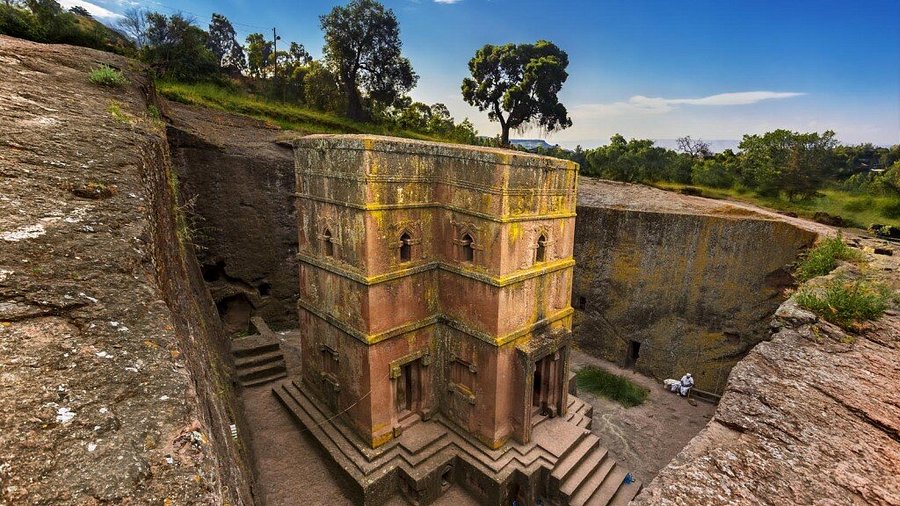
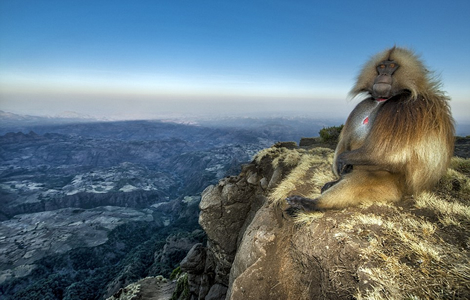
The Simien Mountains offer one of Africa’s most dramatic landscapes, with jagged peaks, deep valleys, and high-altitude plateaus. Declared a UNESCO World Heritage Site, the park is a haven for rare wildlife, including the Gelada baboon, the elusive Ethiopian wolf, and the mountain-dwelling Walia ibex. Trekkers can embark on multi-day hiking adventures through scenic trails that pass through remote villages and towering cliffs. The panoramic views from Imet Gogo or Ras Dashen, Ethiopia’s highest peak, make the journey unforgettable. The Simien Mountains are ideal for nature lovers and adventure seekers alike.
Axum is one of the most historically significant cities in Ethiopia, once the heart of the powerful Axumite Empire that controlled trade routes between Africa and Asia. It is believed to be the resting place of the Ark of the Covenant, housed in the Church of St. Mary of Zion. Visitors can explore towering obelisks carved from single granite blocks, ancient royal tombs, and archaeological sites that reveal the city’s past glory. Axum offers an extraordinary glimpse into Ethiopia’s ancient heritage and early Christian roots.
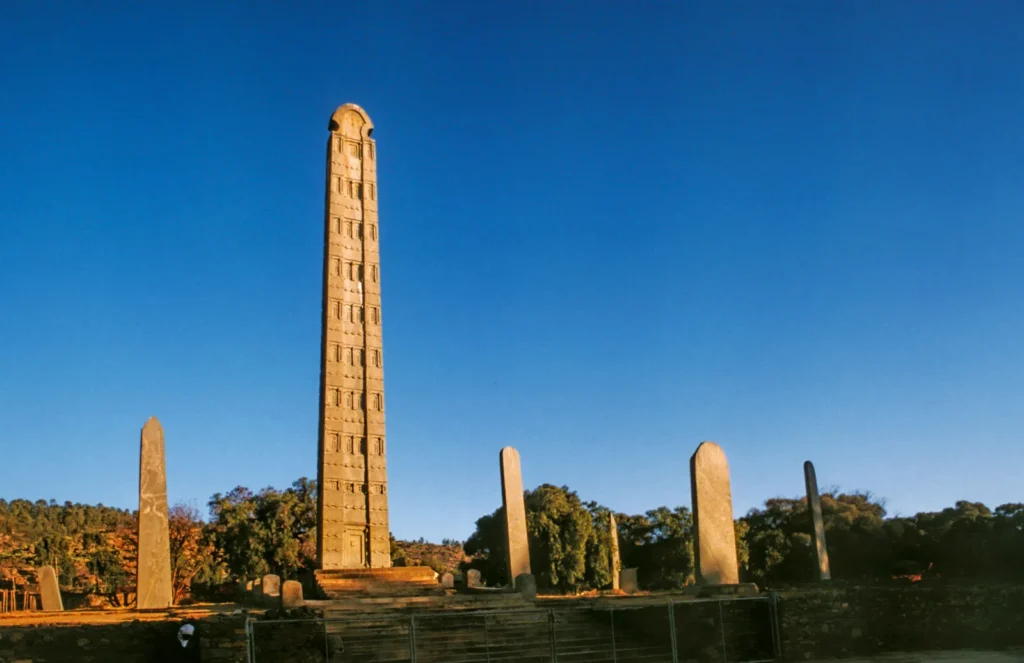
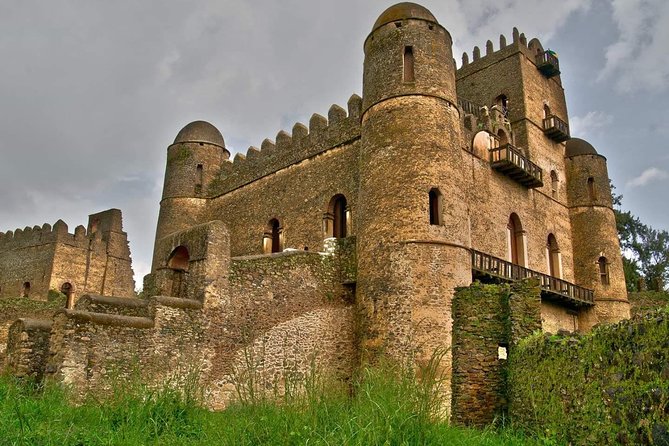
Gondar, once the imperial capital of Ethiopia, is famous for its fortress-like castles and historic churches. The Royal Enclosure is a UNESCO-listed complex that includes multiple castles, each built by different emperors during the 17th and 18th centuries. The city is also home to Debre Berhan Selassie Church, known for its beautifully painted ceiling adorned with angelic faces. Gondar offers a blend of regal architecture, religious art, and a lively local culture. It is a place where the echoes of Ethiopia’s royal past still resonate through stone and story.
Lake Tana, Ethiopia’s largest lake and the source of the Blue Nile, is surrounded by a network of ancient island monasteries and peninsulas. These monasteries date back to the 14th century and are filled with religious treasures, ancient manuscripts, and colorful frescoes. A peaceful boat trip across the lake reveals not only scenic beauty but also centuries of spiritual tradition. The tranquil environment, combined with the opportunity to engage with local monks and observe their way of life, makes Lake Tana a serene yet deeply cultural destination.
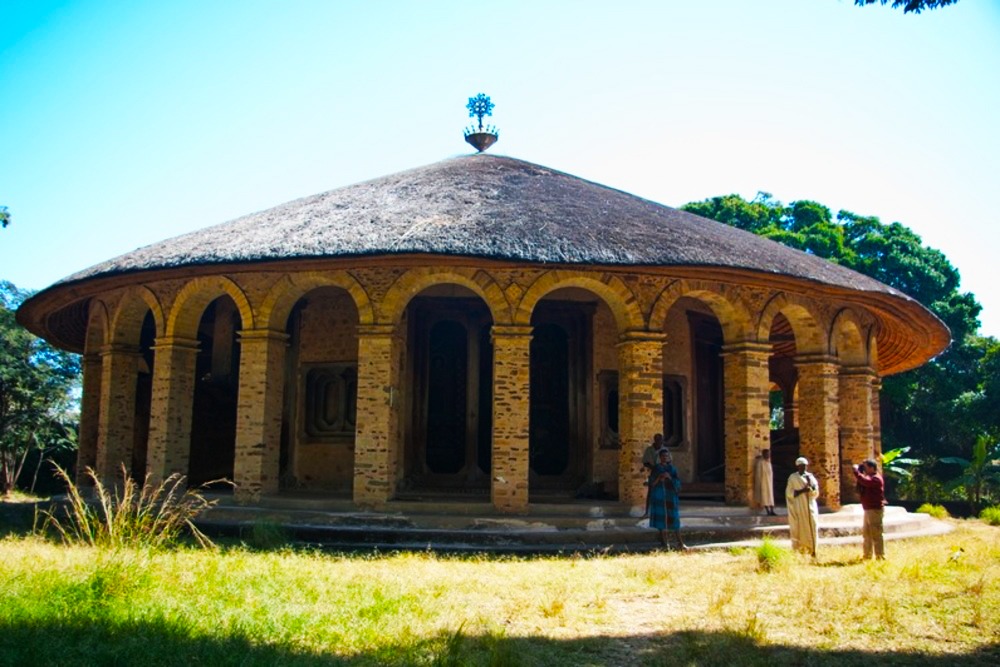
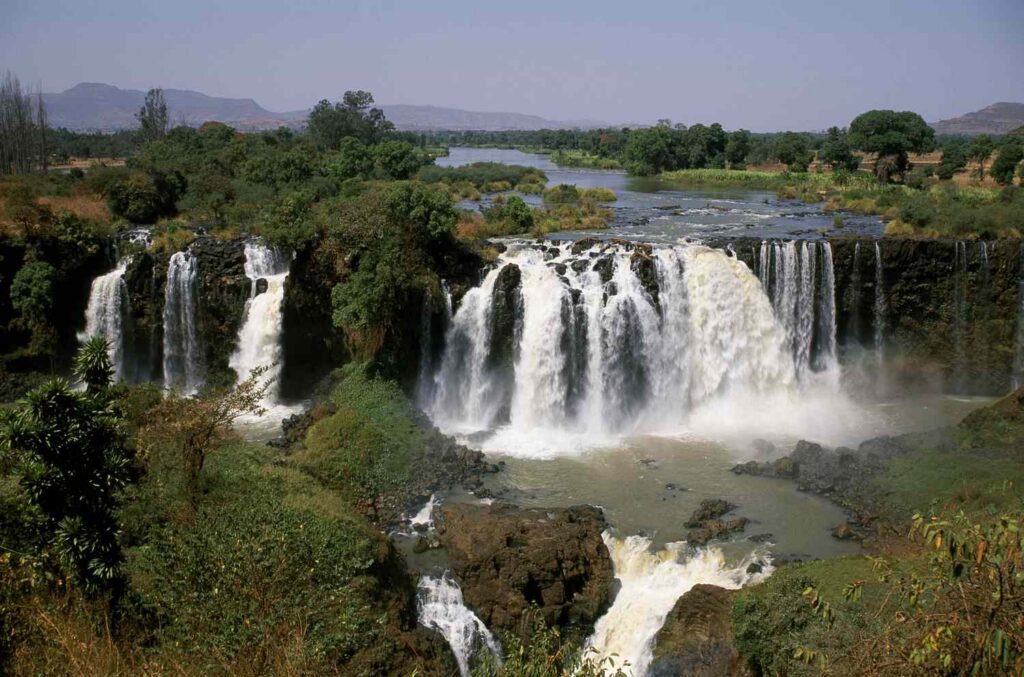
Located just 30 kilometers from Bahir Dar, the Blue Nile Falls is one of Ethiopia’s most majestic natural sights. Known locally as Tis Issat, meaning “smoking water,” the waterfall plunges dramatically into a deep gorge, sending up a cloud of mist and creating rainbows in the sunlight. During the rainy season, the falls become an awe-inspiring torrent. Visitors can hike to various viewpoints, cross a historic stone bridge, or take a boat across the river for a different perspective. The surrounding area is also ideal for birdwatching and cultural encounters with local communities.
Yeha is considered the birthplace of Ethiopian civilization and home to the country’s oldest standing structure. The Temple of Yeha, dating back to around 700 BC, is a massive stone structure built in the South Arabian Sabaean style. Its construction showcases an advanced level of engineering and architectural skill. Archaeological finds from the area point to a rich and ancient culture that predated the Axumite Empire. Visiting Yeha offers a rare chance to step into the depths of Ethiopia’s pre-Christian, pre-Axumite history.
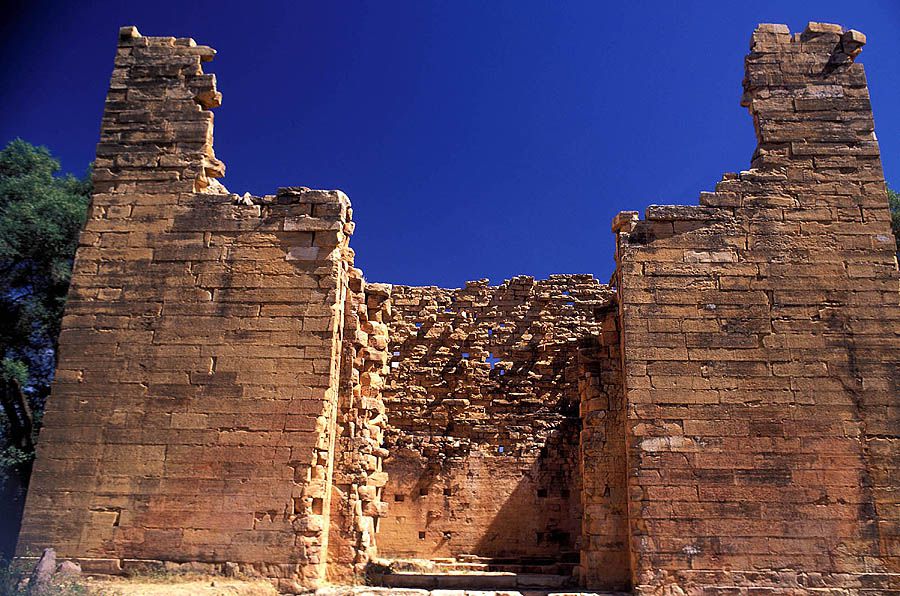
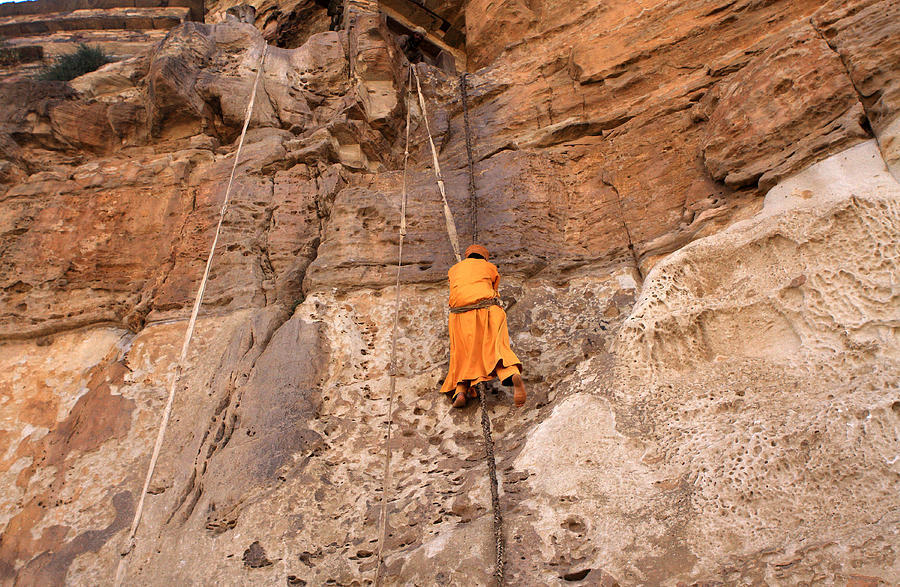
Perched atop a flat-topped mountain in the Tigray region, Debre Damo Monastery is one of Ethiopia’s most sacred and isolated religious sites. Accessible only by climbing a 15-meter leather rope, the journey to the top is a spiritual and physical challenge. The monastery, believed to have been founded in the 6th century, houses some of the oldest Christian manuscripts and ecclesiastical relics. Only men are permitted to visit the monastery, but those who make the ascent are rewarded with quiet serenity, stunning views, and a sense of timeless devotion.

We don’t just show you Ethiopia we help you belong to it.
+251 91 225 5345
Dinshu, Bale Robe, Ethiopia
contact@balemountainsadventure.com
Designed by Skylight Technologies
WhatsApp us